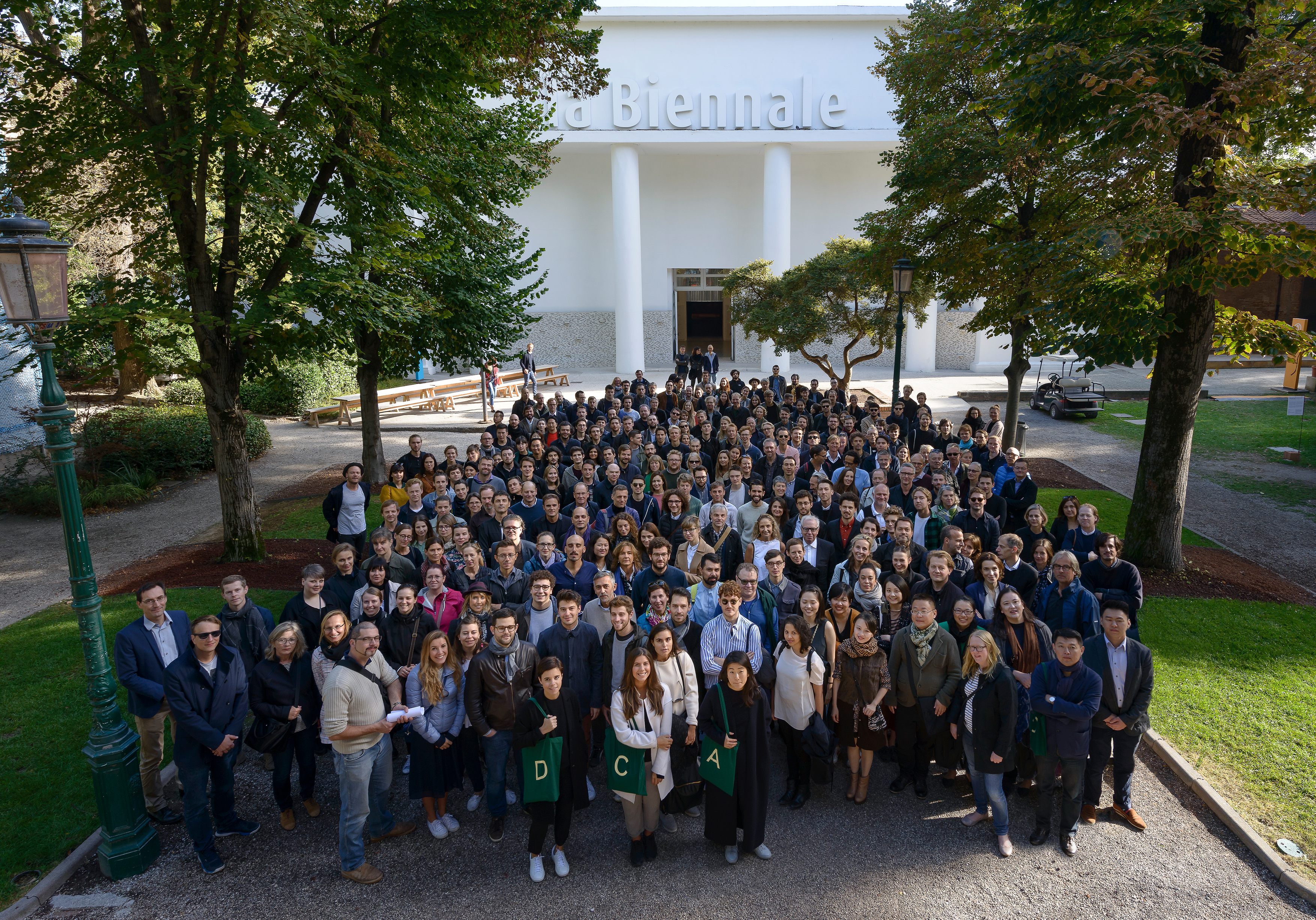Engaging a plurality of voices
David Chipperfield Architects actively seeks to draw together a broad range of voices and experiences both within design teams and through design itself. The practice prides itself on its open, multicultural, and multilingual working culture with staff from over 40 different countries, speaking some 30 different languages. Almost half of the practice’s staff are female, and efforts are being made to increase the numbers from traditionally underrepresented groups in the profession. This multitude of perspectives informs the studio culture, encouraging critical thinking, rooted in respect and understanding, to inform the creative process.
In seeking new ways to broaden access to working in the practice, the different offices that make up David Chipperfield Architects are each engaged in a variety of social mobility initiatives, tailored to their specific location and context. Both the London and Berlin offices run apprenticeship programmes, offer educational outreach to schools and universities, and have placements for refugees.
David Chipperfield Architects is committed to seeking expert collaborators, promoting participatory processes and advocating for overlooked communities and narratives to address equity and inclusion both within the profession as well as the wider built environment. From the early years, the practice has sought to assemble diverse design teams, consultants and collaborators to inform the design process. In recent years, it has prioritised collaborations with offices led by women, indigenous, black and other underrepresented groups. Two recently commissioned projects, the Canadian Parliamentary Precinct redevelopment in Ottawa and the Dairy Road residential project in Canberra, both build on the knowledge and experience of indigenous architecture firms through co-design collaborations.
Beyond the design team, the practice recognises the importance of including the voices of those who have traditionally been overlooked or had little agency in decision-making processes. Examples of such a commitment range from engaging with the residents of the Colville Estate on the design of the Hoxton Press project in Hackney, to working together with Drake Music Scotland, a youth orchestra for those with disabilities, on the design of the Dunard Centre concert hall in Edinburgh. There is a recognition within the practice that more needs to be done in this regard, particularly the engagement of the wider public to inform the planning framework which shapes the built environment.
Within the projects themselves, inclusion is a core design value and a fundamental driver. Architecture should support the principles of diversity and access, and the practice looks to create projects of social legacy, often going beyond the brief to include public spaces and enhance the civic realm regardless of typology.
Museo Jumex creates a new public plaza in Mexico City, encouraging public participation in the arts while the lower floors of the Amorepacific headquarters in Seoul are open to the public and have a variety of functions that contribute to the social life of the city.


